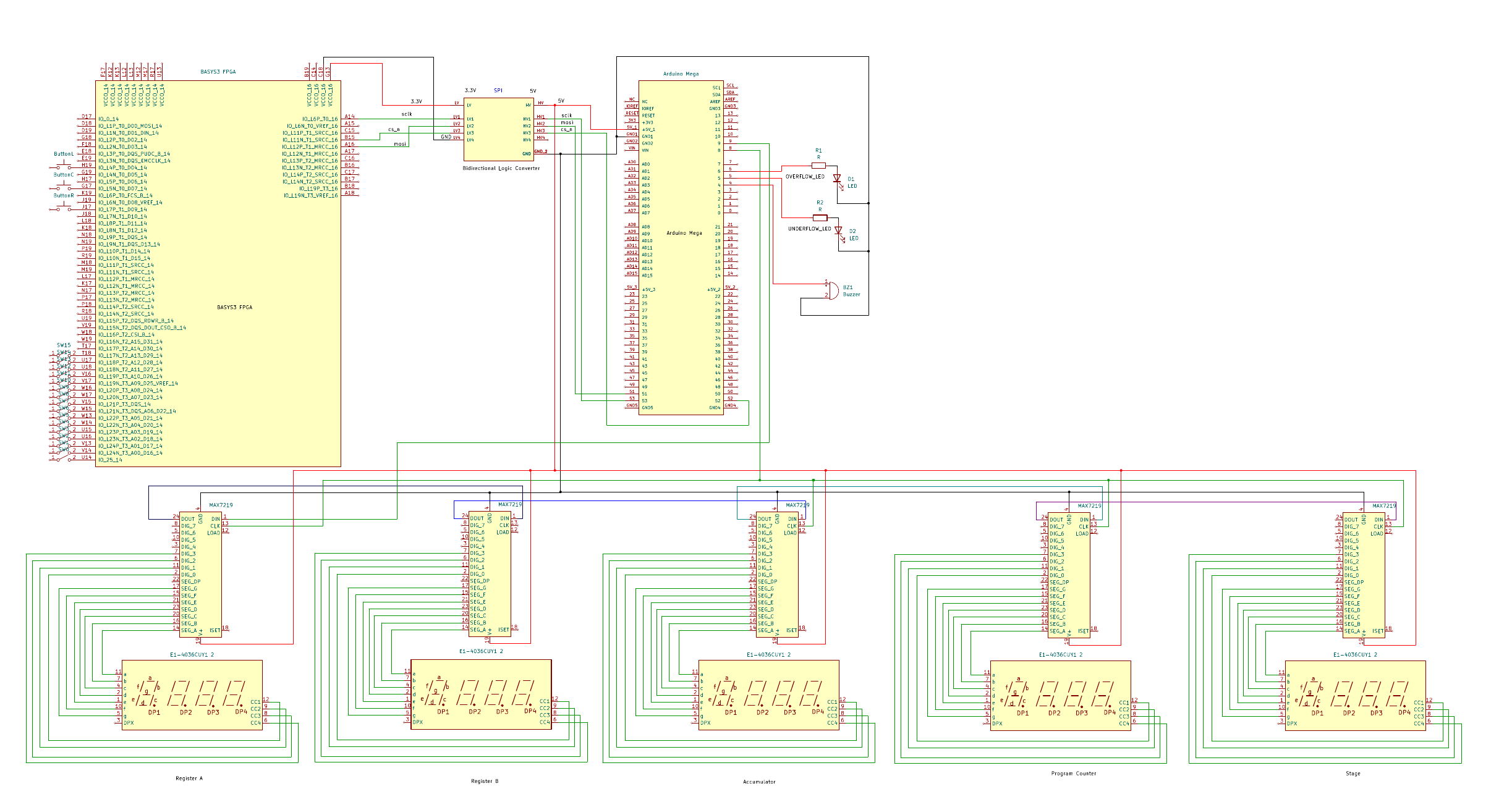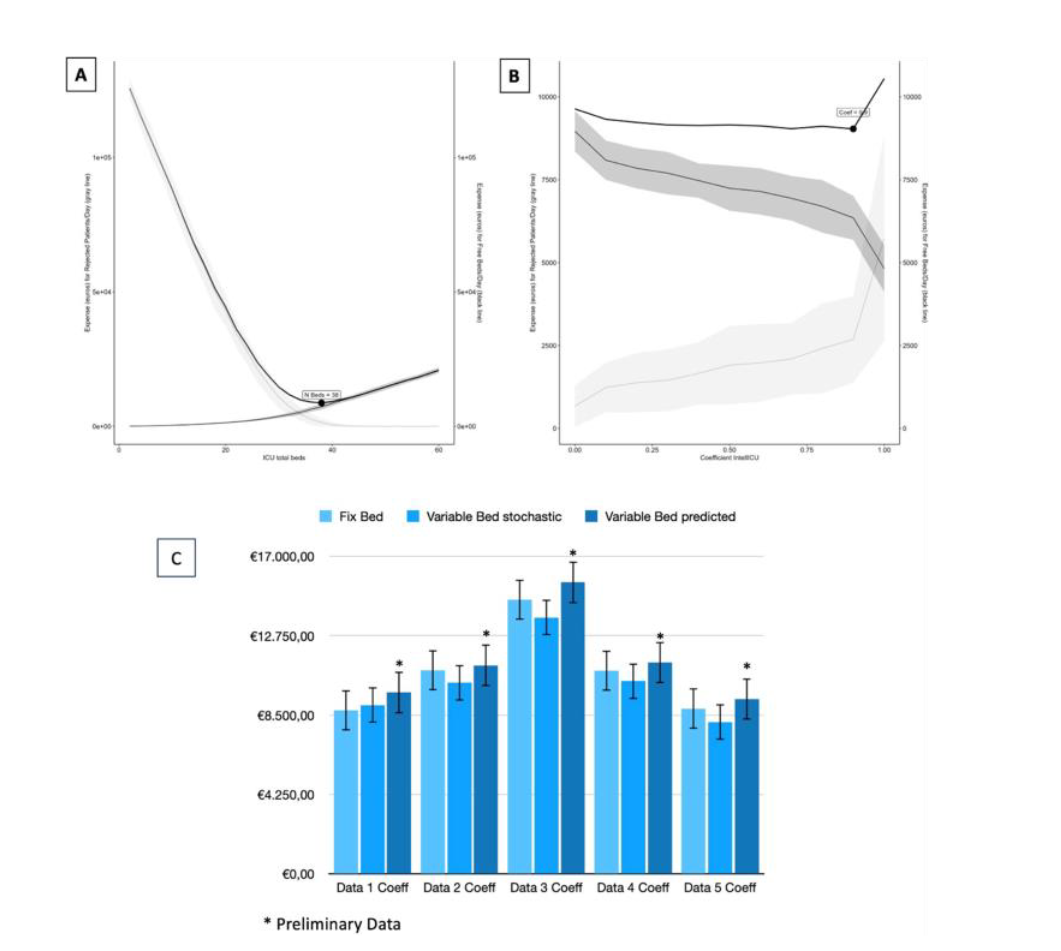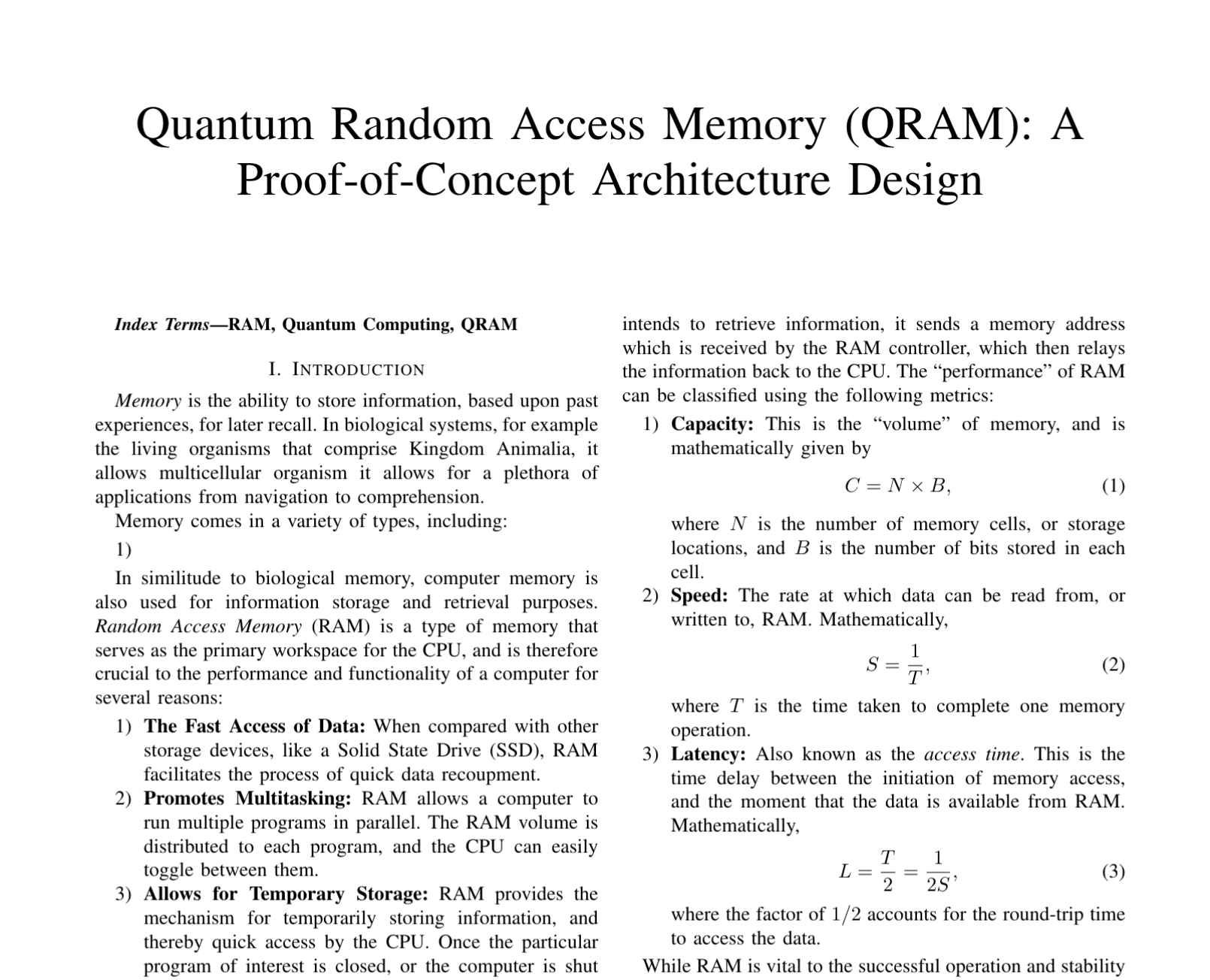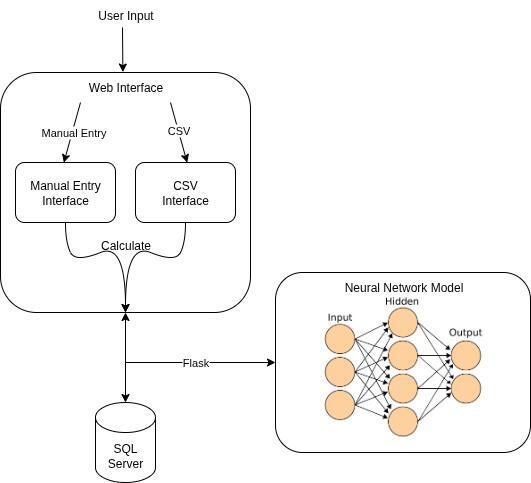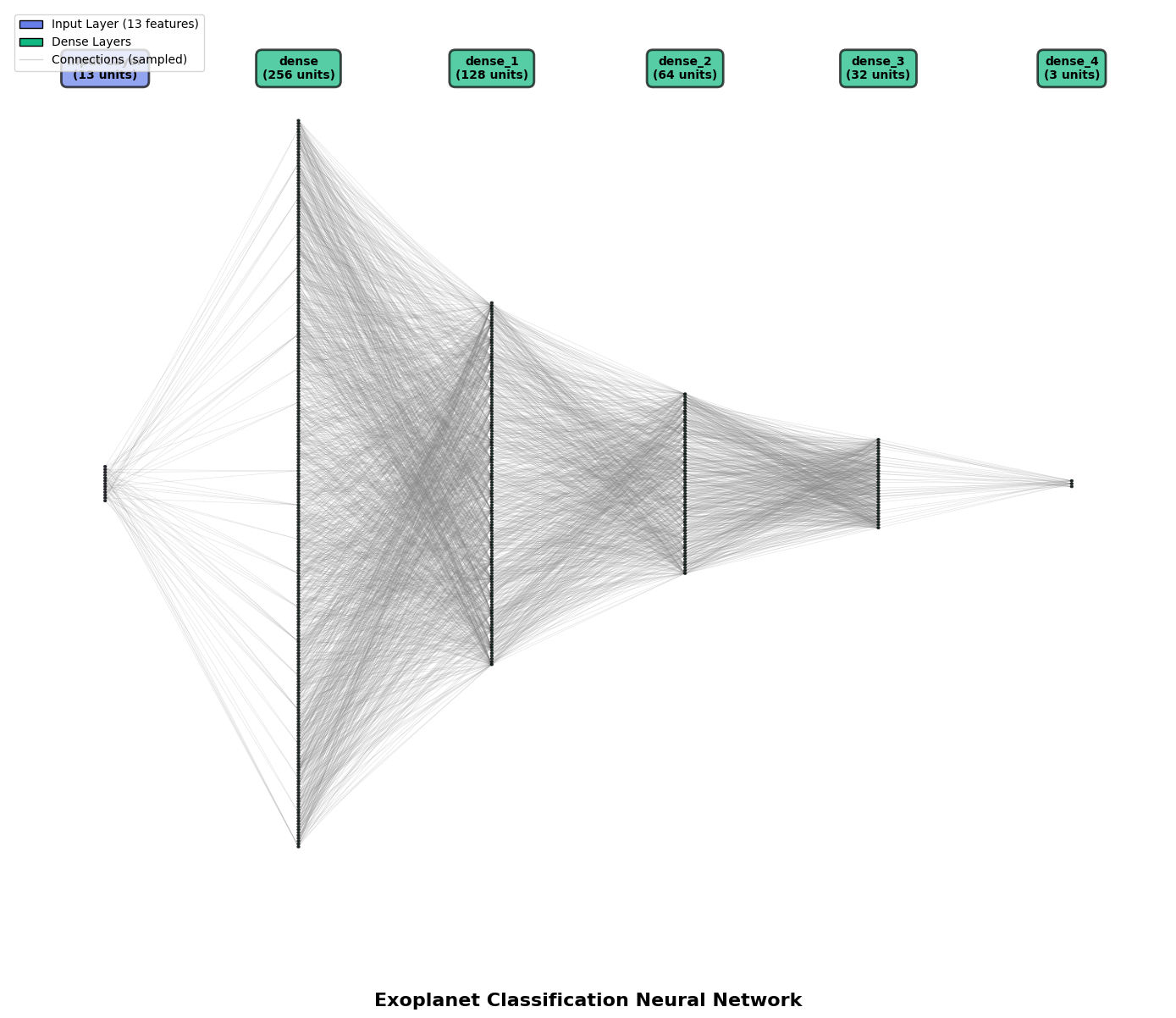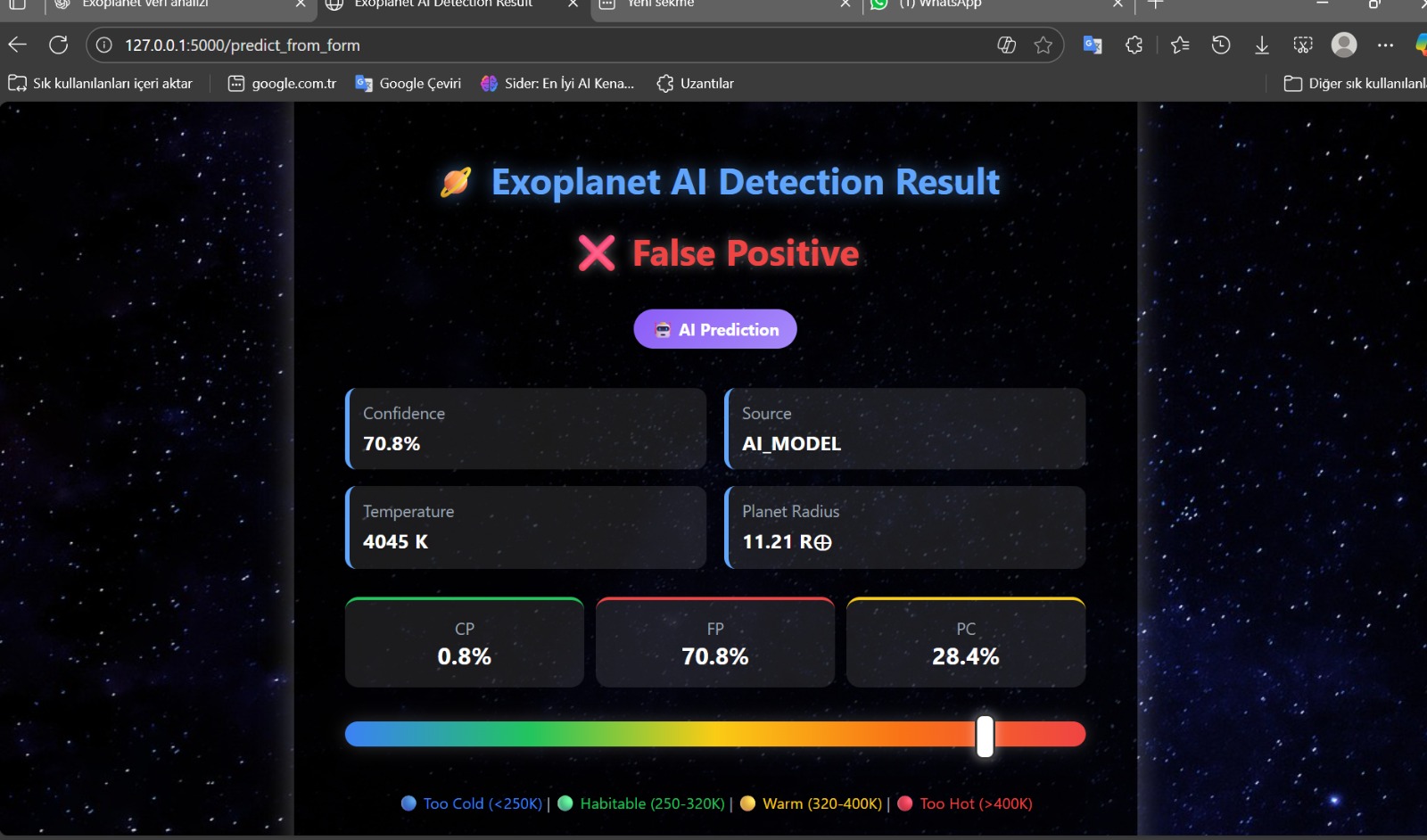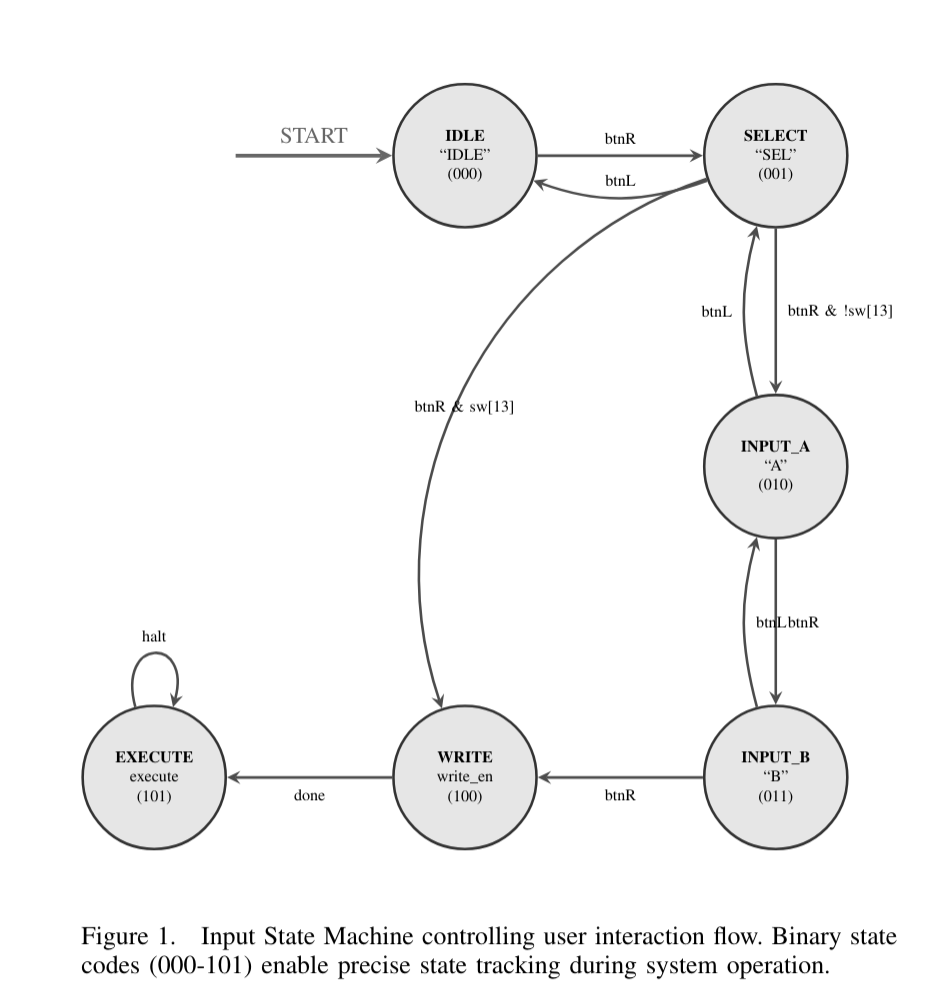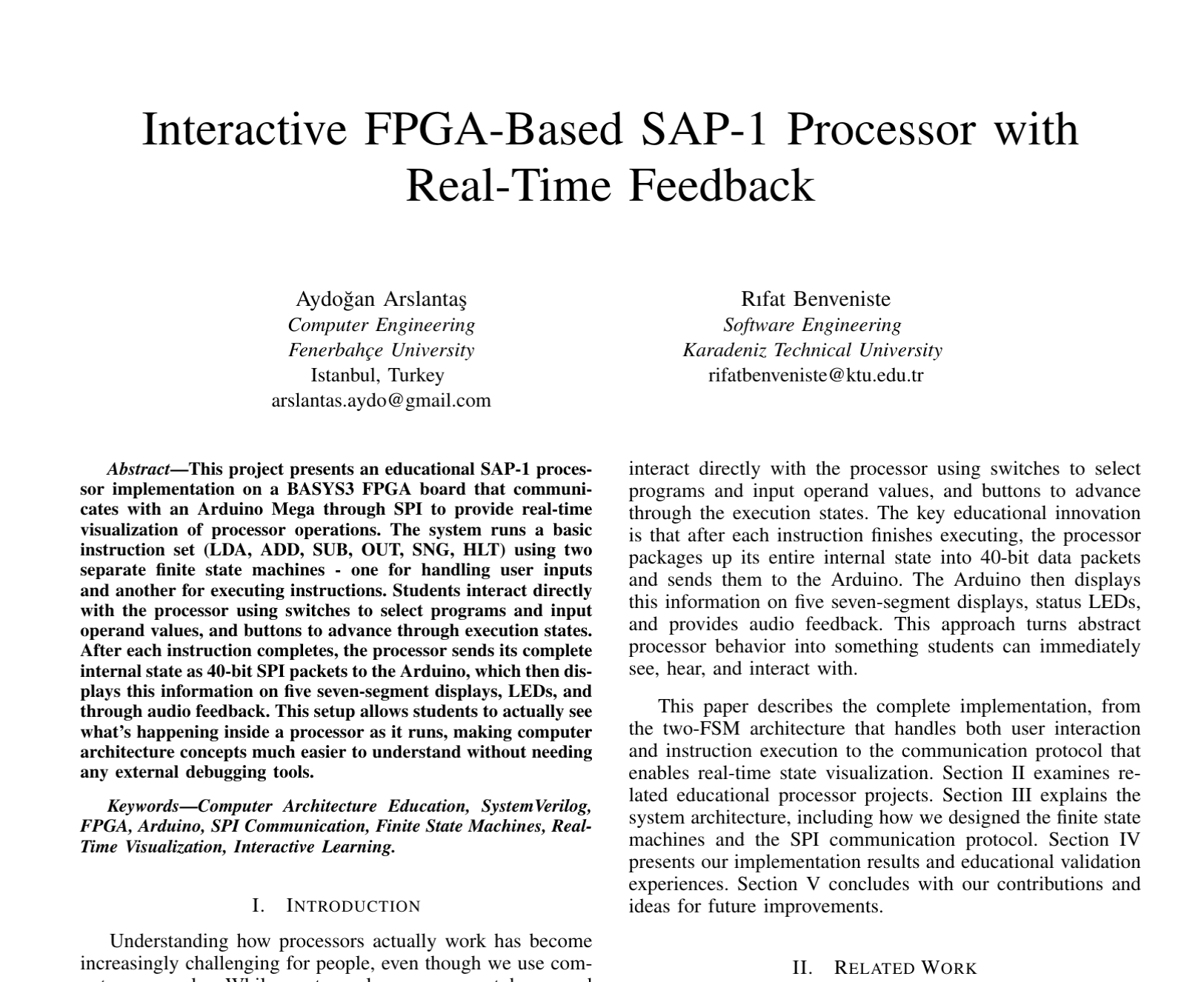Modelling Variability of Intensive Care Unit Demand
May 2023I participated in a research project titled "Modelling Variability of Intensive Care Unit Demand: A Comparative Cost Analysis and Performance Evaluation of Fixed versus Variable Beds Arrangements with a Simulation Approach." The study addressed the sustainability challenges posed by limited ICU bed availability and high operational costs. Our goal was to compare the effectiveness of fixed and variable bed allocation strategies using simulation modeling.
I contributed to the development of an integrated simulation framework that incorporated a predictive model for ICU length of stay (LOS), accounting for day-to-day uncertainties in patient demand. The project aimed to inform healthcare policy by evaluating cost-efficiency and performance across different ICU management strategies. We placed third in the competition with this model and were invited to present our work at the ESICM LIVES 2023 conference in Milan, Italy.
